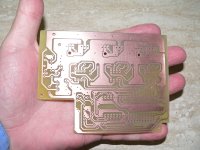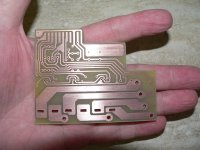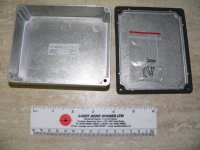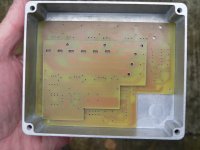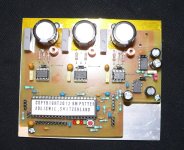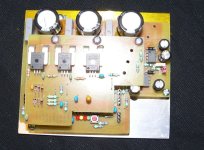Jeremy Harris
100 MW
I've gone for the same style of sealed box as you, Lebowski, but in a smaller size. I've opted to squeeze things into a Hammond 1550M sealed diecast box, that's 120mm x 100mm x 31mm, so not that much larger than a Xiechang 6 FET controller. This is the box (minus the rubber gasket:

and here are some images of the boards, first the main board that fits to the bottom of the case, with the FETs fitted on the underside:

The sensor board sits on top and carries the Hall current sensors and the phase voltage dividers:
View attachment 2
They stack on top of each other, with the support pillars connecting the phase outputs. This leaves a clear space at the bottom right corner for the cables and cable gland to the outside world:
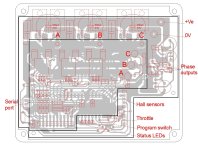
Finally, this is how the stacked boards look viewed from the right side in the box, *just* enough clearance to get everything in:
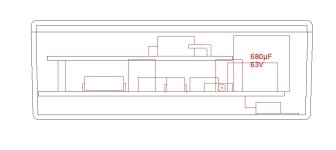
I just need to double check that the layout is error free, then I should be ready to make another set of boards.

and here are some images of the boards, first the main board that fits to the bottom of the case, with the FETs fitted on the underside:

The sensor board sits on top and carries the Hall current sensors and the phase voltage dividers:
View attachment 2
They stack on top of each other, with the support pillars connecting the phase outputs. This leaves a clear space at the bottom right corner for the cables and cable gland to the outside world:

Finally, this is how the stacked boards look viewed from the right side in the box, *just* enough clearance to get everything in:

I just need to double check that the layout is error free, then I should be ready to make another set of boards.


